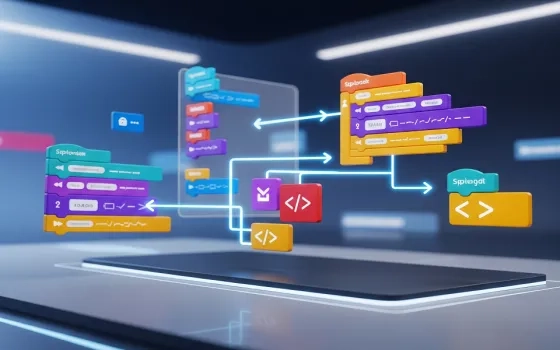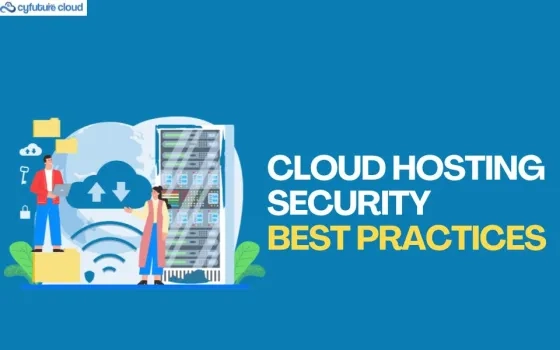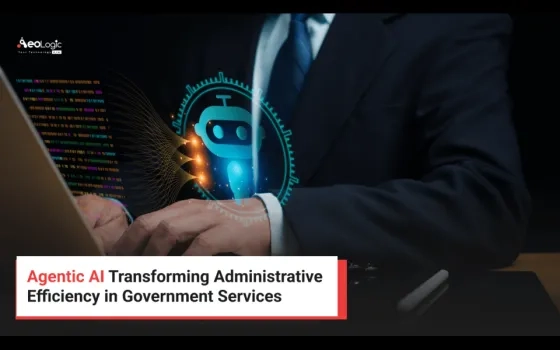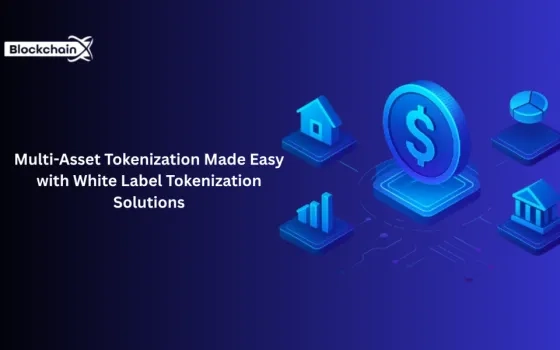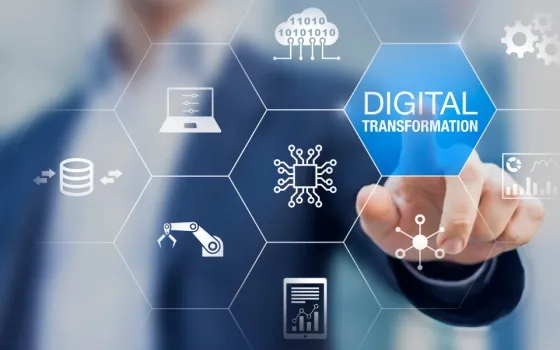Application modernization is essential for businesses to become future-ready adapt to technological advancements and innovate. Replacing outdated, legacy systems with agile, modern platforms helps them increase efficiency, reduce tech debt, improve scalability, minimize long-run IT maintenance costs, remain competitive, and much more. While the benefits are undeniable, the application modernization journey is often fraught with a significant hurdle – data migration.

Data migration is not only important for modernizing legacy applications but also helps in dealing with technical debts. According to recent McKinsey reports, as much as 71 percent of the business impact is derived from technology. Companies pay an additional 10-20 percent on top of the cost of any project to address their technical debts. This figure is worth considering, especially when many businesses need to modernize applications if they wish to stay competitive.
However, this seemingly simple process comes with a set of risks and challenges, posing a significant hurdle to the path of modernization. Moving vast volumes of data from a traditional system to a modern platform while ensuring its accuracy and integrity is a complex and daunting task. A single misstep can result in information loss, business downtime, and operational disruptions, jeopardizing not only the modernization project but also the operations of the company. Thus, here arises the need for professional data migration services, helping businesses to navigate through the complexities of application modernization.
Overcoming the Data Migration Challenges
Take a look at some of the significant challenges that businesses face during application modernization when it comes to data migration. Also listed are the solutions to overcome them:
Challenge #1: Data Loss
Data loss is a common problem during the data transfer process as some parts of it might not be transmitted due to reasons like—hardware or software failures, format incompatibilities, network interference, security measures including access controls, or firewalls, etc. As a result, businesses might lose their critical information irreversibly.
Data migration companies always take a backup of your data before beginning the transfer process. You can retrieve the information easily using the backup source if anything goes wrong. The professionals thoroughly test the migrated data to ensure that all the data migrated to the new location, and is preserved. Thus, you can still use your old data for analysis and reporting.
Challenge #2: Data Corruption
Legacy systems often have huge volumes of data accumulated over the years. This implies that they would have an enormous amount of transactional data spread over multiple databases. However, not all of this data is fit for consumption. Migrating incorrect, redundant, inconsistent, or useless data can have a detrimental effect on the application, adversely impacting the performance of the target system.
Performing data clean-up and validation procedures before migration can help prevent bugs and system errors. Or else, investing in a data migration solution that also incorporates data cleansing is a smarter way to ensure a smooth and error-free data transfer.
Challenge #3: Data Orchestration
Data can be complex and diverse, residing across multiple platforms and formats. This is especially true in bigger organizations, where multiple disconnected teams are working, or when technical teams and functional teams leverage the same data in plenty of ways. Siloed data complicates the task, making it difficult to extract and consolidate information from disparate sources without disrupting current operations. Consequently, data migration might also be incomplete.
Having a meticulous data migration plan that is also aligned with business processes can help overcome this challenge. Auditing all the data-related processes and keeping track of data points can help in reducing the number of data silos, streamlining the entire migration project.
Challenge #4: Data Synchronization
Data synchronization is necessary to dodge off problems that might arise due to data inconsistency between the legacy and modern systems. If not handled properly, desync between the two systems can lead to information loss and inappropriate resource utilization. This not only results in budget overruns but also causes reputational damage.
Well-acquainted with the nitty-gritty of data migration during the application modernization process, an experienced service provider knows what it takes to ensure a seamless data transfer. They continuously monitor the transfer process to ensure that the data syncs perfectly between the old and new systems and fix the issues immediately as and when they arise.
Challenge #5: Stretched System Downtime
Business continuity is critical. However, migration projects can bring about system downtime that might extend than usual, impacting this continuity and user access. Stakeholders might lose opportunities and insights as data stops being collected during this process.
Minimizing business downtime and disruptions while ensuring zero data loss requires careful planning, robust data security protocols, and reliable backup solutions. And, if businesses lack the resources, partnering with a reliable data migration company is a smarter option. Having the right blend of skills and experience, they offer minimal downtime or near-real-time data replication to minimize disruptions.
Challenge #6: Heterogeneous Data Environment
Every data landscape and almost every application is unique. Modern data environments are diversified as new applications often have to integrate data from numerous sources, including legacy systems, third-party applications, and cloud platforms. This heterogeneity can make data migration complex and require specialized tools and expertise.
Outsourcing companies are acquainted with the intricacies of data migration and can offer integration tools and expertise necessary to ensure a hassle-free and seamless integration between the migrated data and the new application. They also make sure that the target system can be integrated with other tools that you use; for example, CRM, marketing tools, finance tools, ERP, etc.
Challenge #7: Data Security
Security is paramount during the migration process as data is most vulnerable and exposed to third parties. In another instance, it can be a case that your legacy system is more prone to risks and susceptibilities than the target system. Thus, ensuring the integrity and confidentiality of sensitive data is vital for businesses, especially the ones operating in highly regulated industries such as finance or healthcare.
Employing robust data encryption capabilities, access control, secure transfer protocols, and other such data security measures can help safeguard sensitive information during migration and at rest. Additionally, building a data security strategy as a vital part of the data migration process to fortify important information can help minimize the associated risks.
Challenge #8: Resource Constraints
Ensuring an error-free and hassle-free data migration during application modernization is an uphill task. Specialized skills, expertise, and tools are needed to successfully navigate through the complexities of this process. Leveraging inadequate tools and a lack of in-house resources can lead to inefficiencies, delays, and increased project costs.
Instead, consider collaborating with a data migration company that can alleviate all such limitations, and assist you with a seamless transfer. You get the dual benefits of access to diversely skilled resources and can save big time on costs.
Bottom Line
Data migration is an opportunity to enhance operational efficiency, improve data quality, unlock the full potential of modernized applications, and get rid of legacy systems. And, the key to navigating the data migration challenges during application modernization lies in acknowledging the challenges and implementing a well-structured approach. Leveraging the expertise of a professional provider acts as a catalyst in this process, providing invaluable resources to mitigate risks and challenges, ensuring a seamless transition to a modern, data-driven future.
Read here the original blog :
https://www.damcogroup.com/blogs/guide-to-successful-application-modernization-through-data-migration-services









